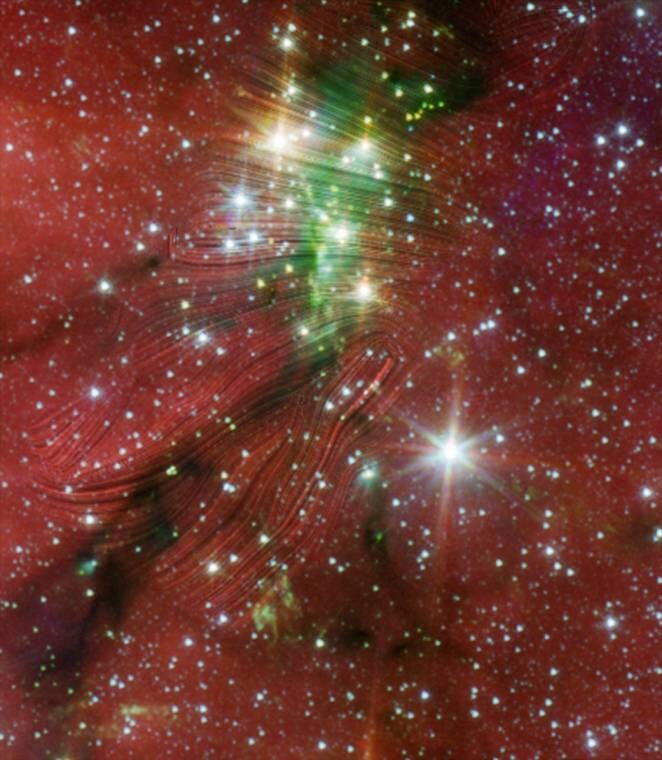
This image shows narrow, spindle-like structures, called filaments, that act like rivers channeling material into the Serpens South star cluster, a group of more than 60 young stars that is forming in a dense cloud of gas and dust nearly 1,400 lightyears away. NASA's telescope on an airplane, the Stratospheric Observatory for Infrared Astronomy, or SOFIA, discovered magnetic fields in the region can further fuel star formation. The fields, shown as streamlines over an image from NASA's retired Spitzer Space Telescope, have been dragged by gravity to align with the narrow, dark filament on the lower left — helping material flow down it. This is different from the upper parts of the image, where the magnetic fields are perpendicular to the filaments as they oppose gravity.
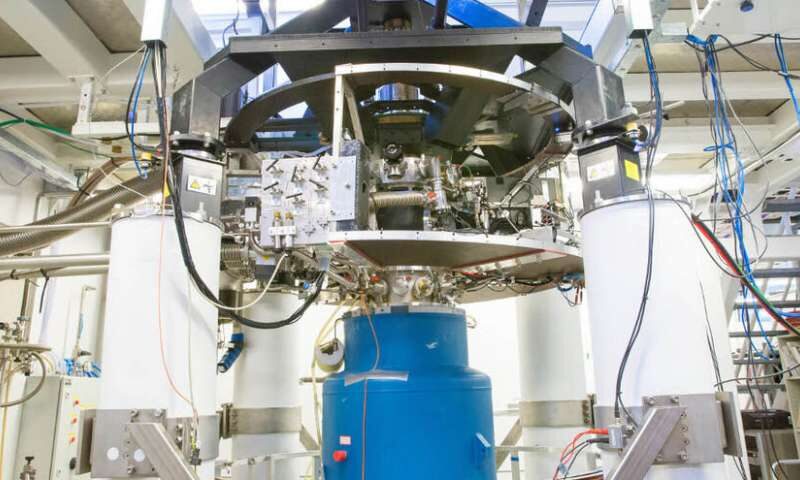
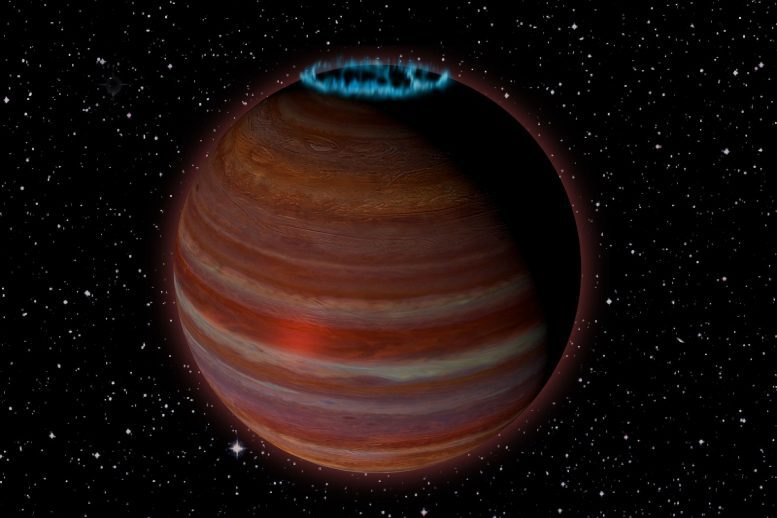
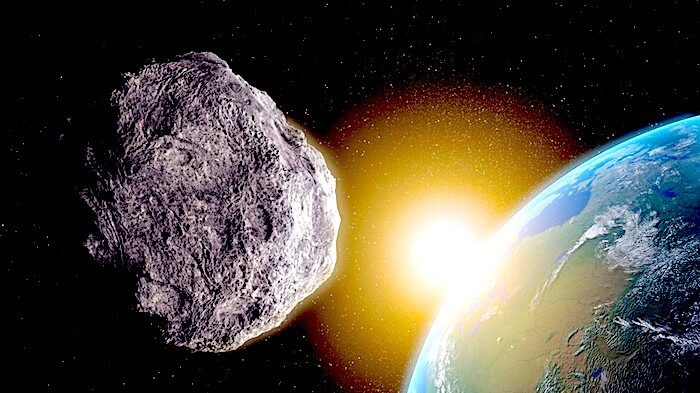


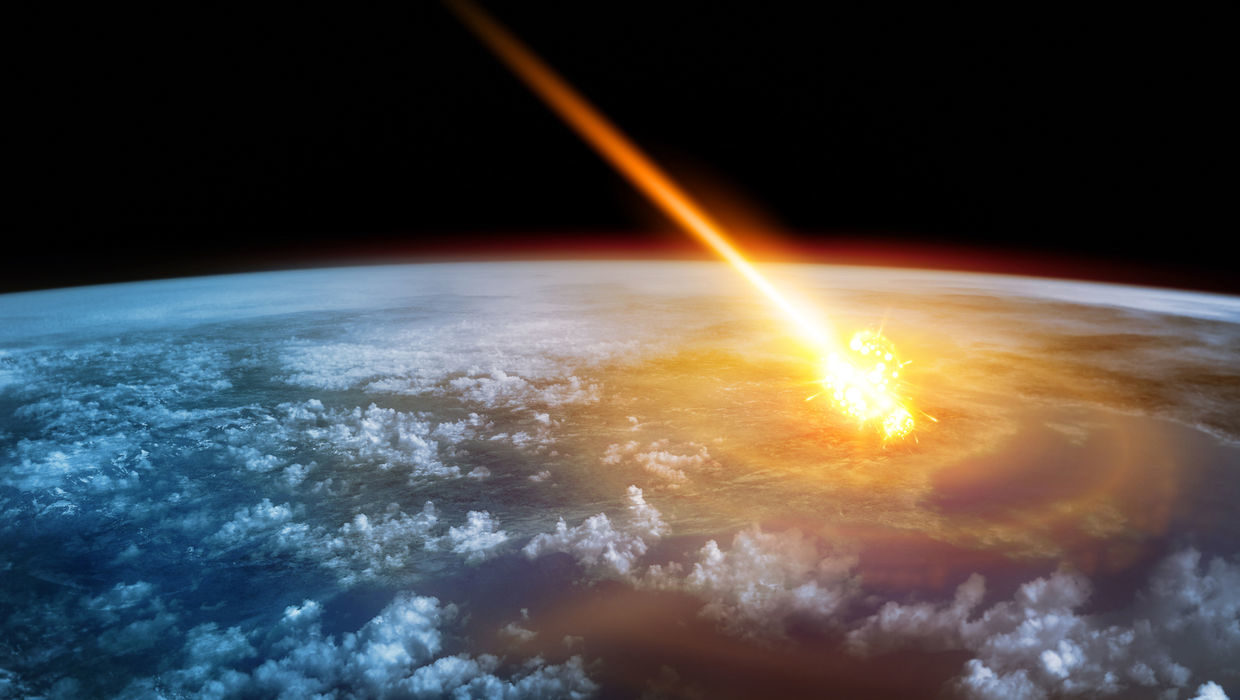


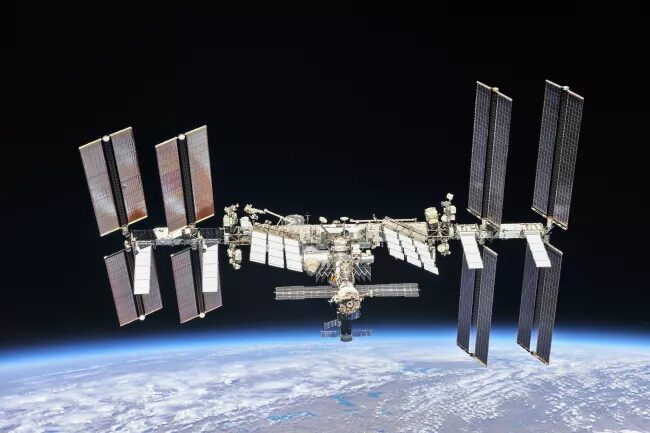



Comment: Clearly the standard model of space is becoming fast outdated:
- Did Earth 'Steal' Martian Water?
- Electric currents driven by solar wind create Saturn's auroras, heat planet's atmosphere - NASA
- Evidence of giant plasma structures above Earth say astronomers
For more, check out SOTT radio's: Behind the Headlines: Earth changes in an electric universe: Is climate change really man-made?